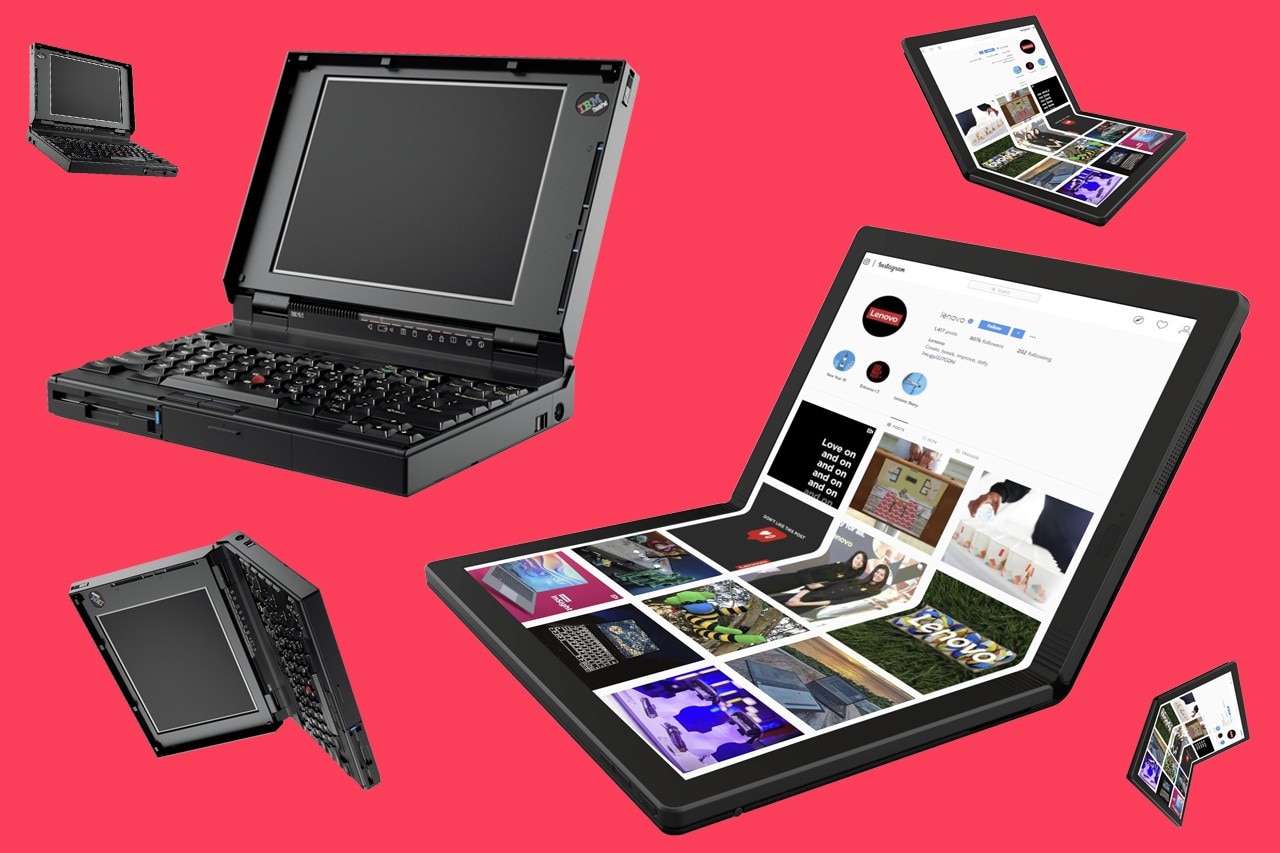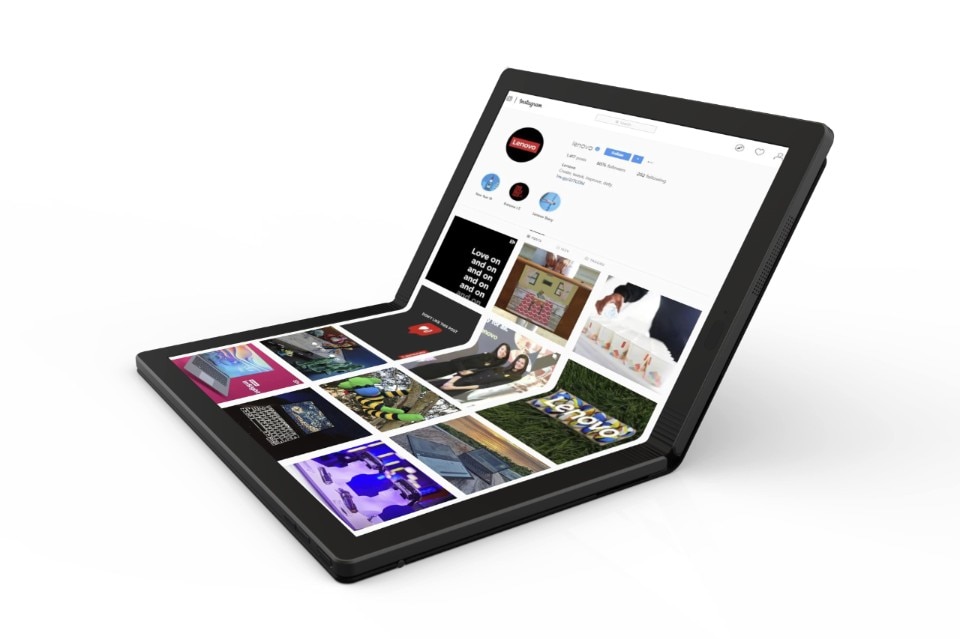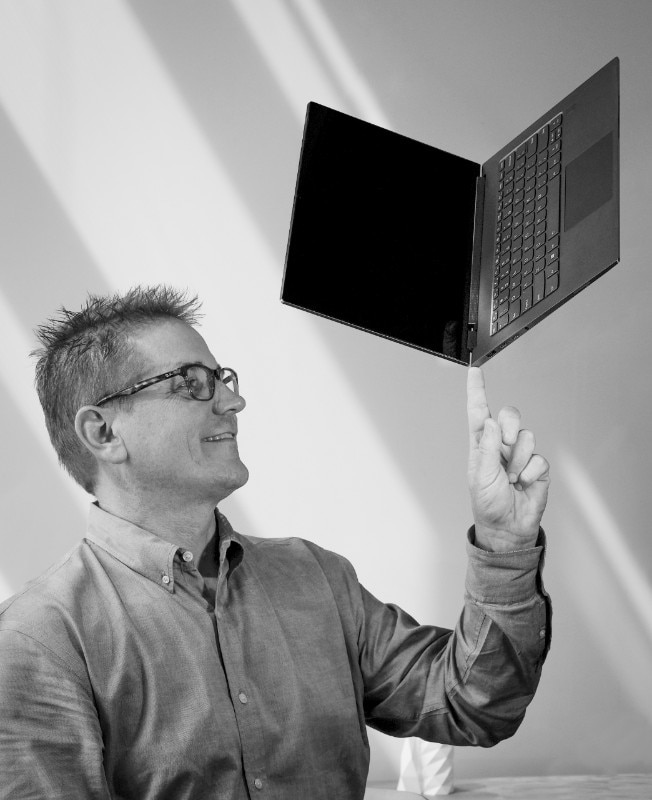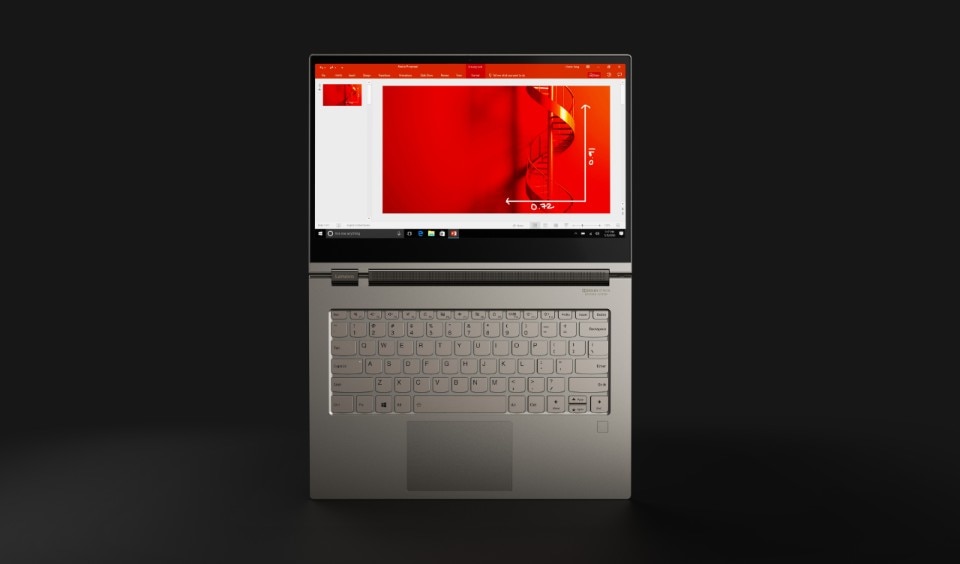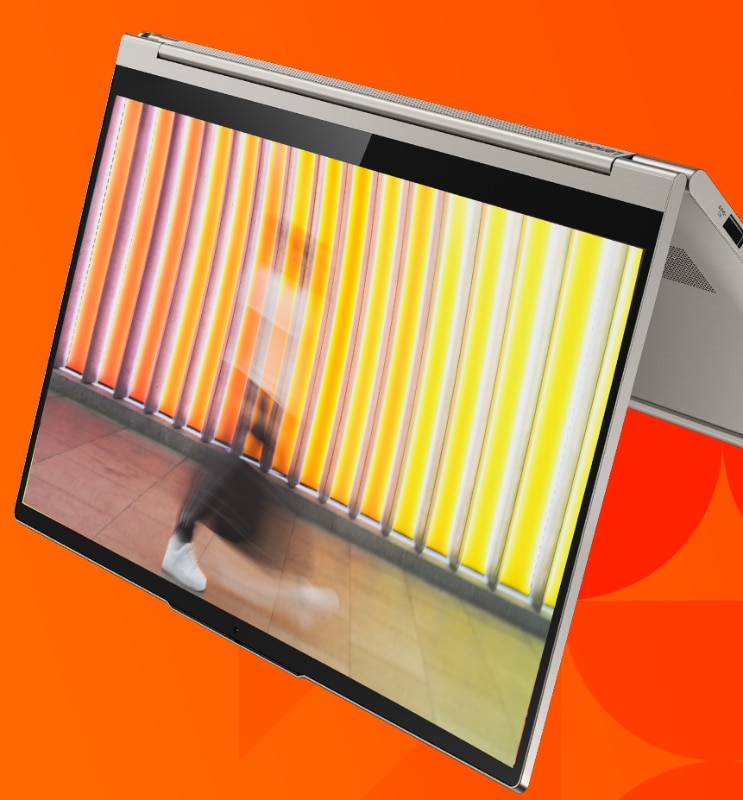As far as my colleagues and I can tell, Domus and Lenovo had never met before the occasion that led to this article being written. However, they have someone in common who played an important role in both their histories: the industrial designer Richard Sapper, who worked with Gio Ponti and was featured on Domus 674 in 1986. A few years later, Sapper designed the original ThinkPad, the first of the professional laptop line-ups that are now being produced by Lenovo. Sapper worked for IBM, whose personal computer division was acquired by the Chinese company back in 2005.
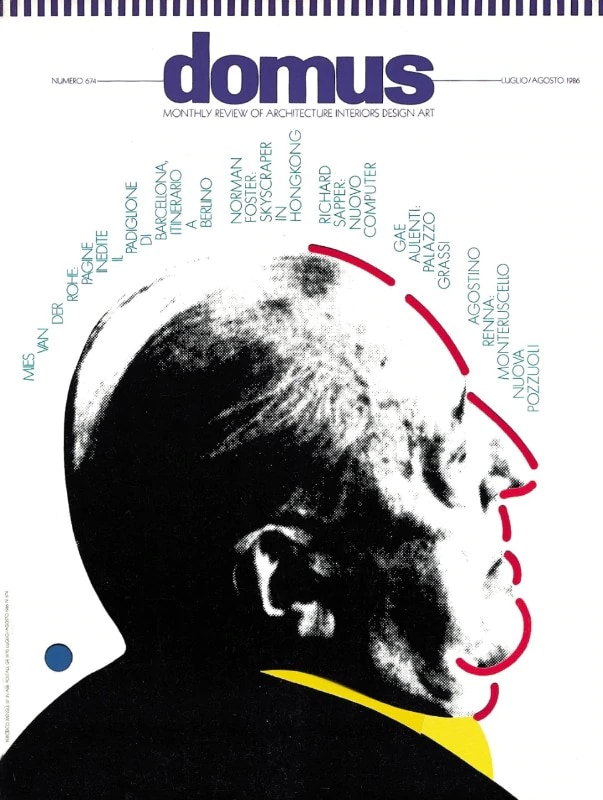
Today Brian Leonard is the VP of Design of PCs and Smart Devices for Lenovo, the world’s largest computer vendor by unit sales. I’ve met him twice in Berlin in late summer, during the IFA. The first time was for a more conventional conversation. But that wasn’t enough. Later that day, I was walking across the bridge over the river Spree that links the end of Warschauerstrasse with Kreuzberg, near to where the Wall used to stand, when Pietro Parodi, the Lenovo PR who had arranged the meeting with Leonard, texted me to ask if I wanted to go for a second round. Obviously, my answer was yes.
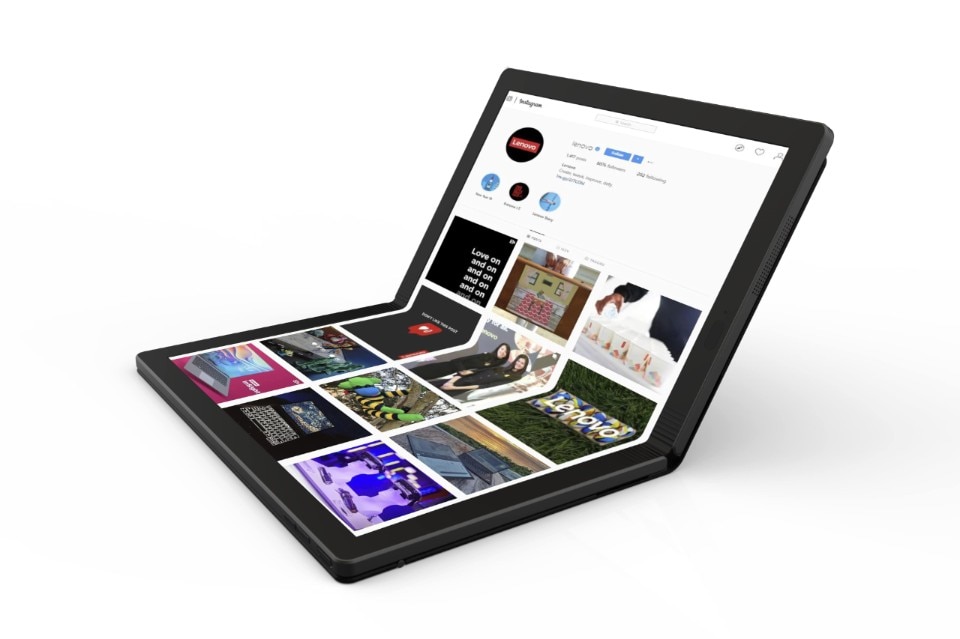
It was worth the effort. During our second meeting, all formalities were gone, and we freely discussed about Lenovo and Yogas and ThinkPads and future foldable devices, but also about Milan, Berlin, favourite designer gadgets like backpacks and Moleskine notebooks. And sneakers: Brian Leonard attended the North Carolina University in the 80s, as did a guy called Michael Jordan, who later became the God of Basketball and somehow the initiator of the sneaker craze back in 1984, when the original Nike Air Jordan were launched. “With tons of different models, limited editions and personal customization, sneakers are like stickers on a laptop” – Mr. Leonard explains – they reflect our need for unique items”. Then he shows his personal ThinkPad, which is completely covered in stickers. “Every time I step into a coffee shop, I watch how people customize their PCs. I'm totally fascinated by this phenomenon and that doesn't bother me, even if under certain aspects they're spoiling my work”. And he laughs. Brian Leonard isn’t wearing any kind of mask during our chat: he smiles, he laughs, sometimes he is visibly moved by memories. Especially when we talk about Richard Sapper. A story that goes back to the origins of Lenovo's most iconic product, the ThinkPad laptop, which at the time was under the IBM label.
Working for IBM, back in the days. How was it?
My history goes back a lot, I grew up in IBM. I was an intern and then a consultant. Later I worked somewhere else and I had the opportunity to come back. And I came back.
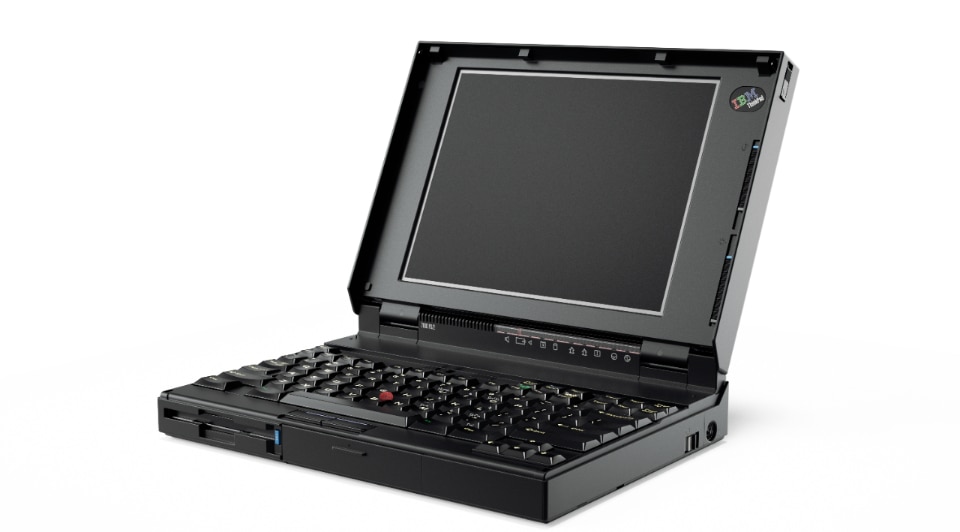
In 1986, Marco Romanelli interviewed Richard Sapper for Domus. They talked about the new convertible personal computer that he had designed for IBM. ThinkPad came later, in 1992.
Back when I was an intern, laptops didn’t really exist yet. There were these devices with little displays, and I can remember the day when they gave me these drawings to bring to the model makers and it was Richard Sapper’s concept for the ThinkPad, based on the bento box. This is most probably when my love for ThinkPad started: it didn’t even have a red dot. And I still have that model. And it’s funny, you can look at the shape of the keys and how they turned into the keys of the ThinkPad, there’s something about the hinge that was on the original ThinkPad and has disappeared overtime. His original concept really went back to Richard’s conception of movement, like in stuff and things he had done in the past, with Brionvega for example.
Is Sapper’s original concept for the ThinkPad still influencing Lenovo’s design?
Our efforts to make the devices look thinner and thinner are bringing us closer to the original concept. In 1992, the design of the Thinkpad was built over the content of a bento box. You have this pure regular form and there’s also the idea that when I open the box it reveals something very different on the inside. Now we’re going back to the purest form possible.
So, we could say that Richard Sapper's vision is still alive and not yet fully realized. Richard’s philosophy was to design devices that are simple but also interesting. Innovation just for innovation has no sense. Look at the Yoga 9-series of convertible computers, for example. The Yoga 940 is one of our most important products today, the last evolution of a process.
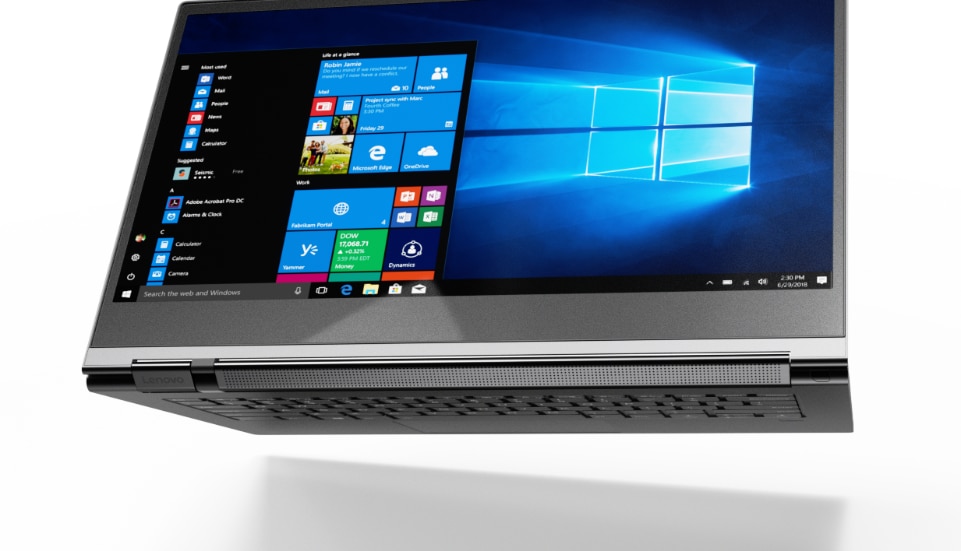
What’s the story behind it?
This story starts with the 930. We did three important things with it. We wanted to build a better experience about enjoying content, and a key element was audio. What we envisioned was this beautiful single sound bar so that the audio would follow me whether in notebook mode, tablet mode and all the other modes. Connecting design and experience produces a story and when you look at the device, you get it. The second thing was to have a pen onboard; we want people to use it to interact.
Do you consider the stylus to be a key element in the future of PCs?
Yes, for creation or to edit a document. We had already the pen onboard on ThinkPad and that’s something we brought to Yoga. That’s why it’s important to have someone overseeing all the different departments and to have all the different studios connected and talking each one to another.
And the third element?
The last important thing was to have a physical slider to turn off the cam, because privacy is important, and you really need to know that you’re safe. We call it ‘pajama mode’.
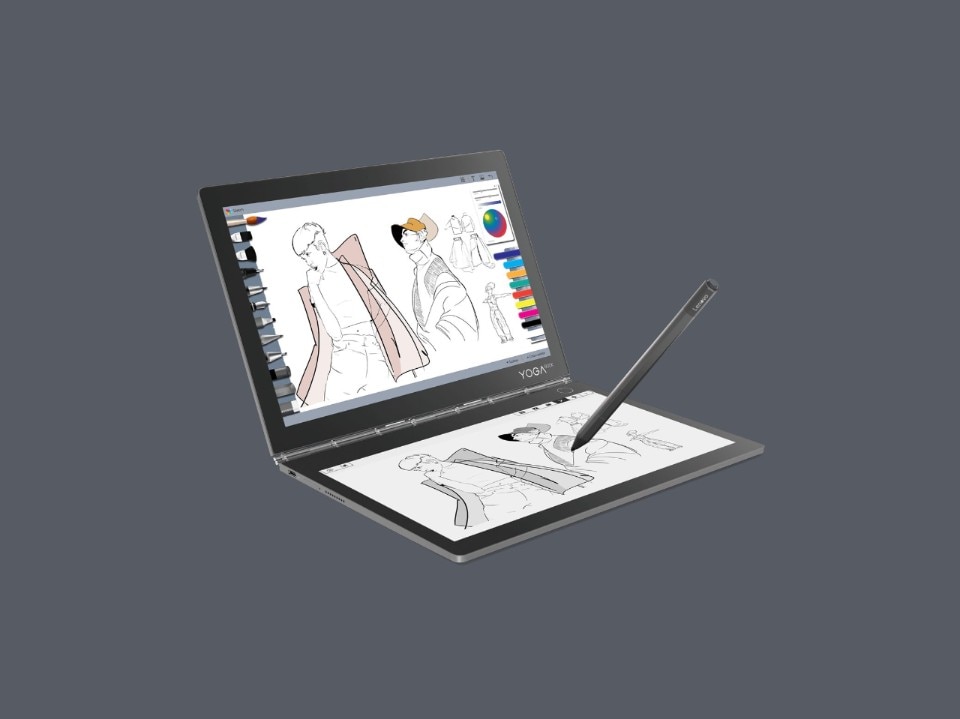
Looking back at the original ThinkPad, it’s impossible not to notice how gigantic the screens have become.
The big trend now is more pixel, less product. It’s something that I’ve been pushing at Lenovo in the last 3 years, screens are getting larger in proportion to the body of the computer. If you compare the Yoga 930 to the recently launched Yoga 940 there’s a drastic difference in display bezels.
Is display the most important thing in PCs today?
The display for me is the centre of the experience.
In 2016 you unveiled Yoga Book, one of your most ambitious devices: a laptop with no physical keyboard. In its latest version, it’s basically a laptop made of two screens. A wink to the future?
It’s a product that will continue to grow and get more mature. And there’s probably another step between what Yoga Book is and our upcoming foldable.
Let’s talk about the foldable ThinkPad, which it’s no secret that Lenovo will launch sooner than later. How will it change the user experience?
We’ll have the possibility to more directly interact with the data, more than I do on a mobile phone or a tablet. My point is, how does the interface change when you’ve got a folding screen, or two screens? Basically, a foldable device is more portable but also more personal, because of the way I may use it or carry.
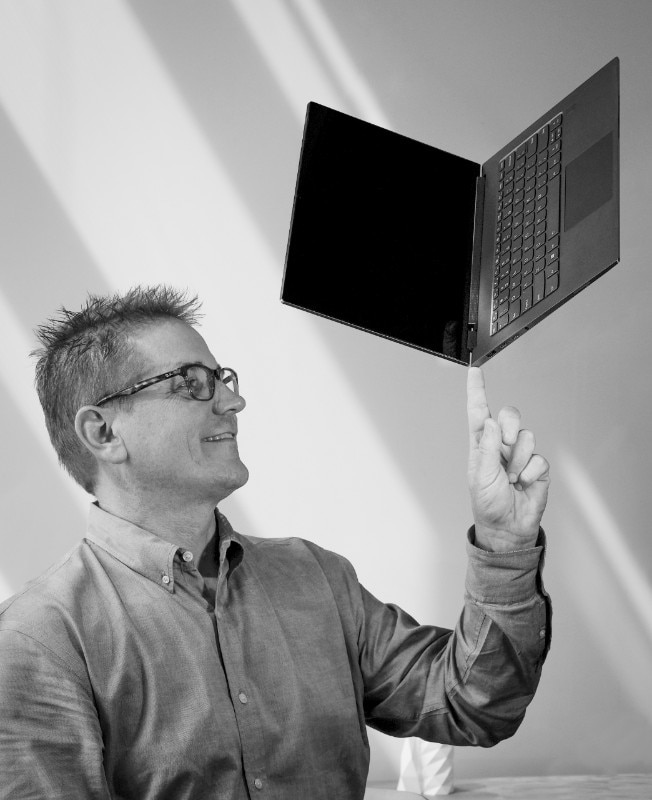
Did you have any particular inspiration when designing it?
After all, it’s a brand-new device, there’s nothing like that on the market to keep as a reference. A big inspiration came from these little books that I’ve been carrying for years, Moleskines, from the materials to the rounded back of the spine that I naturally link to something that we try to make disappear, but I still use. It’s going to be interesting if we can really start replacing devices like notebooks and move to more digital work surfaces.
When ten years ago Apple came up with a phone that was all screen, people complained asking “where’s my keyboard”. Are customers ready for foldable laptops?
We’ve to be open. I’ve seen lots of changes, I can remember working on notebooks so thick, with VGA ports and removable batteries. Devices are getting simpler and simpler. And there’s something about designers’ intuition, what we know the end experience will be, that we have to follow. We spend a lot of time with customers, and we use that as information coming in, but sometimes maybe they don’t know what they want.
I asked Richard what’s the most important aspect of design. I expected something really philosophical about forms and experience and things like that. He just said ‘relationships’.
This kind of decision lies at the true core of your work.
To develop a better user experience is what we do. Instead of starting from design sketches, I prefer to ask myself what we are trying to achieve, which are our goals. It’s not the best schedule if you start designing how things will look like, and shapes and materials and colours.
How do you do it?
To create the best experience, paradoxically, you have to make the technology disappear. With Richard (Sapper, editor’s note) we worked on something that he called “the flying computer”, it’s on the issue that Domus dedicated to him, and the concept was that all had to disappear but the display, which has to be the most important part: the PC, for Richard, had to stay behind.
That anticipated one of the strongest current trends in technology: the centrality of displays in computing.
It had a huge impact; it was a paradigm change for all the industry. At that time, box and monitor were separated. Richard wanted to put them all in one, integrate the computer into the monitor and then make them to fly.
Displays are everywhere, now, even if not flying. Not yet… I had the chance to try your smart screen and this year you pushed the concept even further by launching an alarm clock powered by Google Assistant.
Yes, it’s interesting how the alarm clock just went away because of the smartphone and now it’s coming back. We spent so much time discussing about the alarm clock, its screen size and ratio and form. It really came to be as simple as possible. That seems to be seamless technology for me.
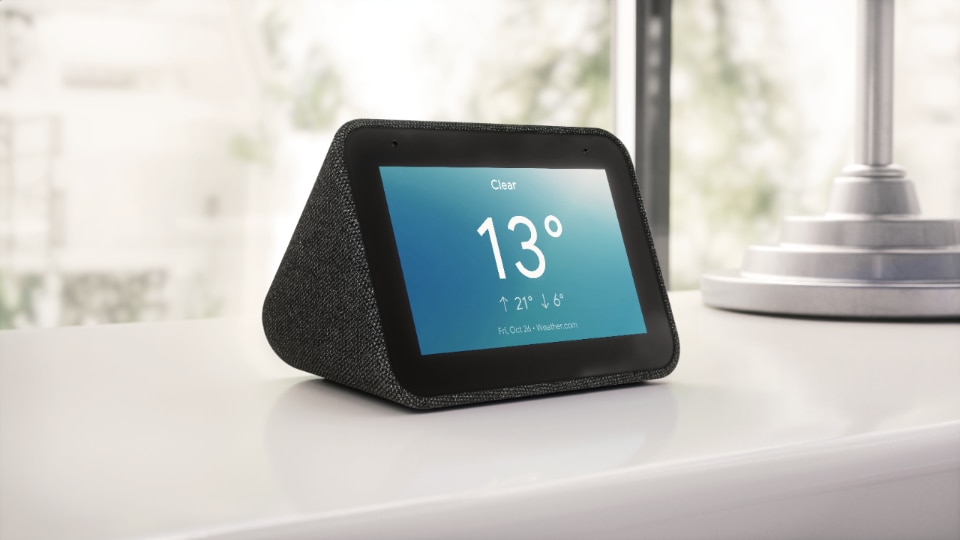
Are there still visionaries in this industry?
I think there are, but it’s much harder. Richard Sapper was a huge experimenter in the way he expressed forms and his history, working with Gio Ponti and other things. I can remember working with him, telling him that I was boxed into a design and couldn't solve it, and he’d be like “this is quite simple”, and resorted to cardboard models. He worked in a very analogue way, scotch, tape.
Do you still do it?
We have workshops in all the design studios, and I encourage all the designers to solve things with their hands. We still do lots of paper models and also use 3D printers for some things. There have been times in the past months when I’ve done the shaping, because it’s important. We make models and then turn it into digital, which is a very different process to what most people would do. Young designers get on CAD, draw a shape, start beautiful renderings and then maybe their 3D model doesn’t work.
So, your approach is more analogue than purely digital.
We still do lots of beautiful renderings, but what concerns me is to tell a story with the product. That’s how we communicate the values that we bring into things.
Is this also part of Sapper’s heritage?
He always had a story.
What’s the best lesson you got from him?
That we can’t just create in a vacuum. It’s funny how I was at one point in my career questioning things, I was in China at the time, and I asked Richard: what’s the most important aspect of design. I expected something really philosophical about forms and experience and things like that. He just said “relationships”.
Just that?
It took me a couple of years to understand what he meant. He was exactly right: the relationships that you have with your design team, and the engineering team and the executive team and leadership, those are the things that make magic happen. And that’s the kind of relationship between design and engineering in ThinkPad for the last 27 years.
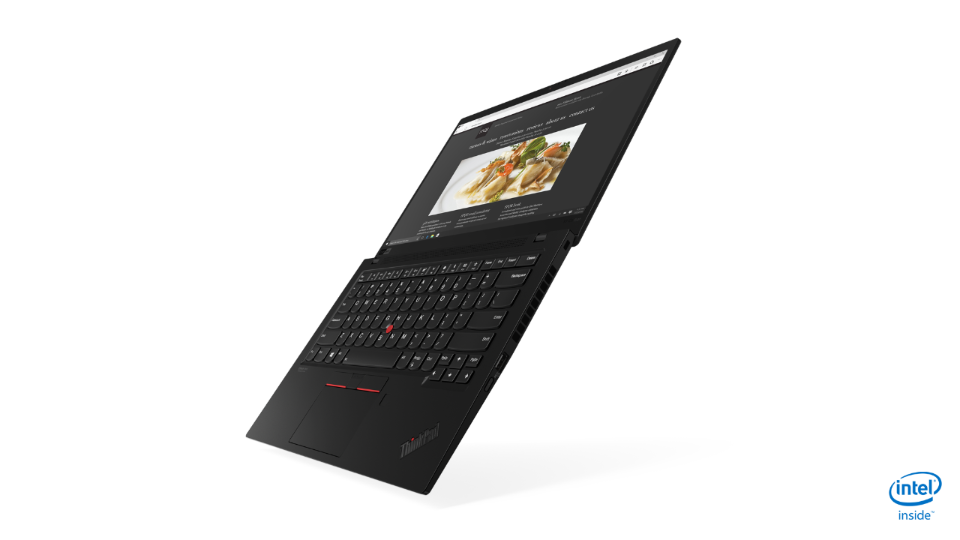
Our time is almost over, and Brian Leonard puts back into his Lenovo backpack his ThinkPad, whose exterior surface is almost fully covered in stickers, including one of the Ampelmännchen, Berlin’s symbol. There’s a small Bose speaker hanging from it and an earbuds case. “This is a backpack that I have a particular love for, except it doesn't have skateboard straps”, he says, with his charming American smile. Then, more seriously: “This basically is my office. And it makes a perfect explanation about how tech devices are important, but things that we put around those devices are important too”. He shows me how he cut some straps that he didn’t need on the backpack. Customization is a key element of the present years and a key topic of our conversations. Brian Leonard himself is a big fan of Freitag, the German bags that use recycled materials to produce unique, always different pieces. “Every bag is different, another thing that’s more valuable today than it used to be, especially with a younger audience”, he says. “Kids don’t want to have the same shoes or shirts, and it’s a big opportunity for designers to build a uniqueness without the price point to go crazy”. It’s as if you’re somehow personalizing your expression. And this will be one on the most important challenges in technology design for the next years: conceiving powerful and light devices, but also personal. Personal just like PCs, “personal computers”, were meant to be. From their beginning.


